







| Herring Gull (Larus argentatus (Pontoppidan, 1763)) |








|
|
Scientific name: Larus argentatus (Pontoppidan, 1763) Common name: Herring Gull French name: Goéland argenté Order: Charadriiformes Family: Laridae Size: 55 to 67 cm, 750 to 1200 g. Habitat: Sea shores near lakes or ponds, and near garbage dumps. The range of some populations has an inland extension. Food: Fishes, molluscs, crustaceans, eggs, chicks. In winter: seeds, other dead animals and food waste. Nesting: The Herring Gull breeds in colonies which can reach several thousands of pairs. The nest is built with grasses and seaweed. It placed on the ground and sometimes on a roof. Females lay 2 or 3 eggs in April-May. Migration: Northern populations move southwards in winter. Geographic area: North-West Europe, Eastern Arctic Russia, Northern part of North America. Two subspecies live in western Europe: Larus argentatus argentatus in the north and Larus argentatus argenteus more in the south, in particular in France. In winter, the northern subspecies moves southward and lives with the other subspecies. |
The underside of the body, the chest, the head and the tail of a Herring Gull are white. The back and the wings are pale grey. The tip of the wings is black with some white spots. The bill is yellow with a small red mark on the underside. The legs are greyish pink. Juveniles are a dark brown colour. The Yellow-legged Gull is bigger with yellowish legs. The Common Gull is smaller. There is no mark on the bill and the legs are greenish-yellow. |
| [To know more about the Herring Gull] [Next picture] [Top] |
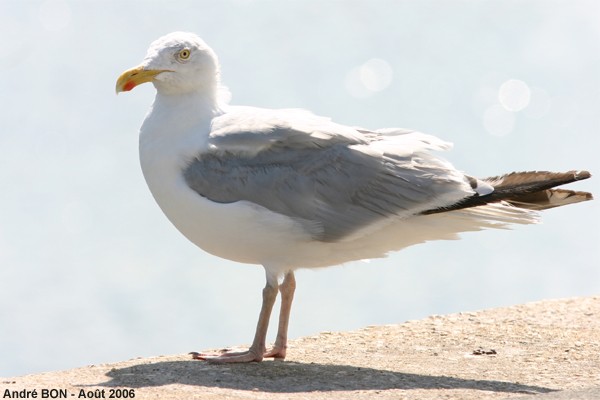
|
Ile d'Oléron - Port de La Cotinière : Herring Gulls are not very shy and are quietly looking at me while I take the picture. |
| [To know more about the Herring Gull] [Next picture] [Previous picture] [Top] |
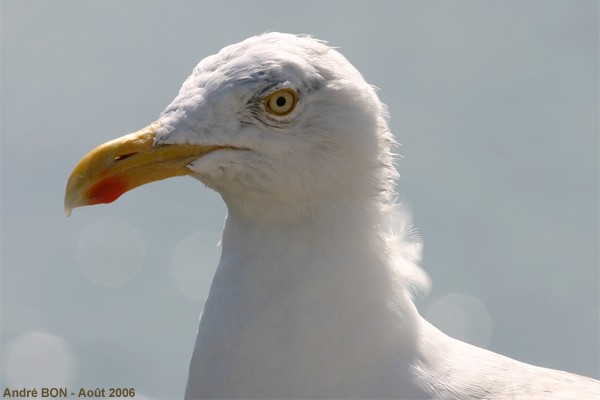
|
You can clearly see the red mark on the underside of the bill. |
| [To know more about the Herring Gull] [Next picture] [Previous picture] [Top] |
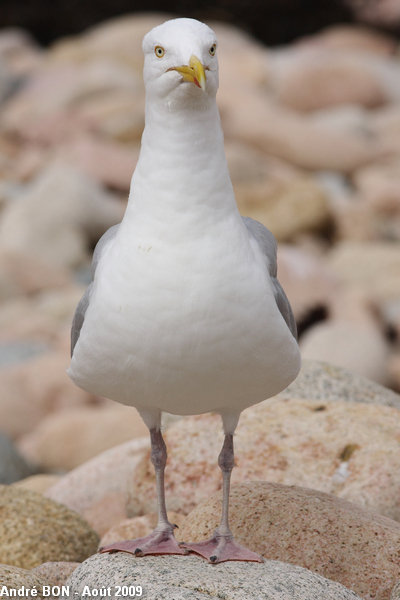
|
The lighthouse of Paon on the Bréhat Island is a very nice site with beautiful pink granite rocks in the surroundings. There are also many Herring Gulls to welcome the tourists. |
| [To know more about the Herring Gull] [Next picture] [Previous picture] [Top] |

|
Ile d'Oléron - Petit port des Salines : This Herring Gull was resting on top of an old boat. |
| [To know more about the Herring Gull] [Next picture] [Previous picture] [Top] |
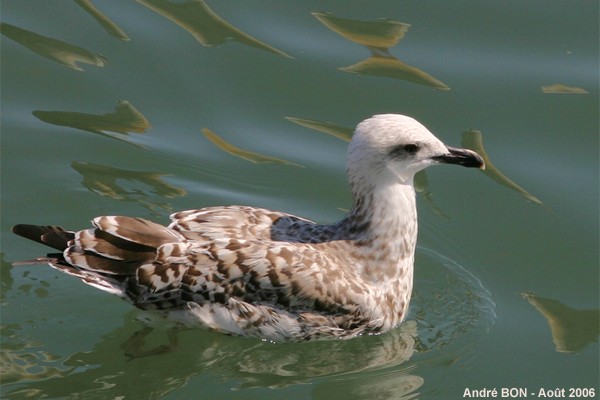
|
Ile d'Oléron - Port de La Cotinière : I am not very experienced in identifying juvenile Gulls. I guess this one is a Herring Gull because there are many adults of this species around here. |
| [To know more about the Herring Gull] [Next picture] [Previous picture] [Top] |
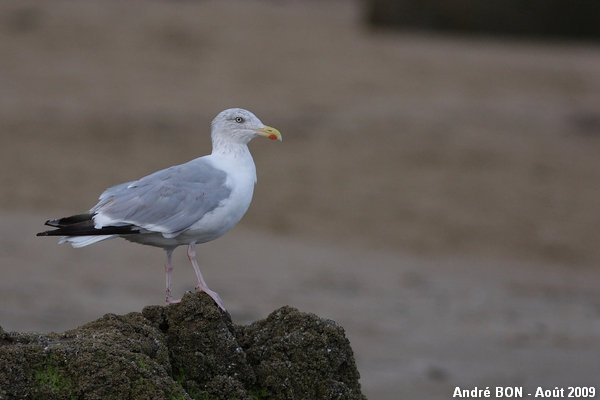
|
The Plage des vallées near Pléneuf-Val André remains a wild beach and I have done nice bird watching sessions there. You can still see some trace of the juvenile plumage on this Herring Gull. |
| [To know more about the Herring Gull] [Next picture] [Previous picture] [Top] |
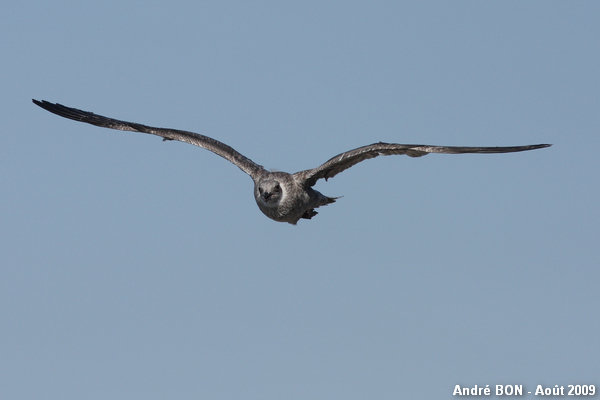
|
The remparts of the city of Saint-Malo are an excellent site to take pictures of Gulls in flight. |
| [To know more about the Herring Gull] [Previous picture] [Top] |
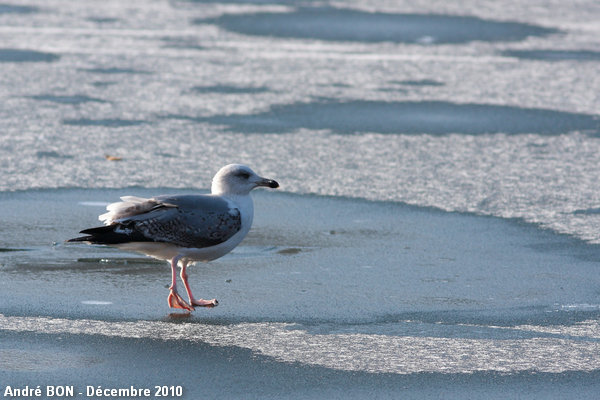
|
This Herring Gull, observed inland, is in its third winter plumage. |